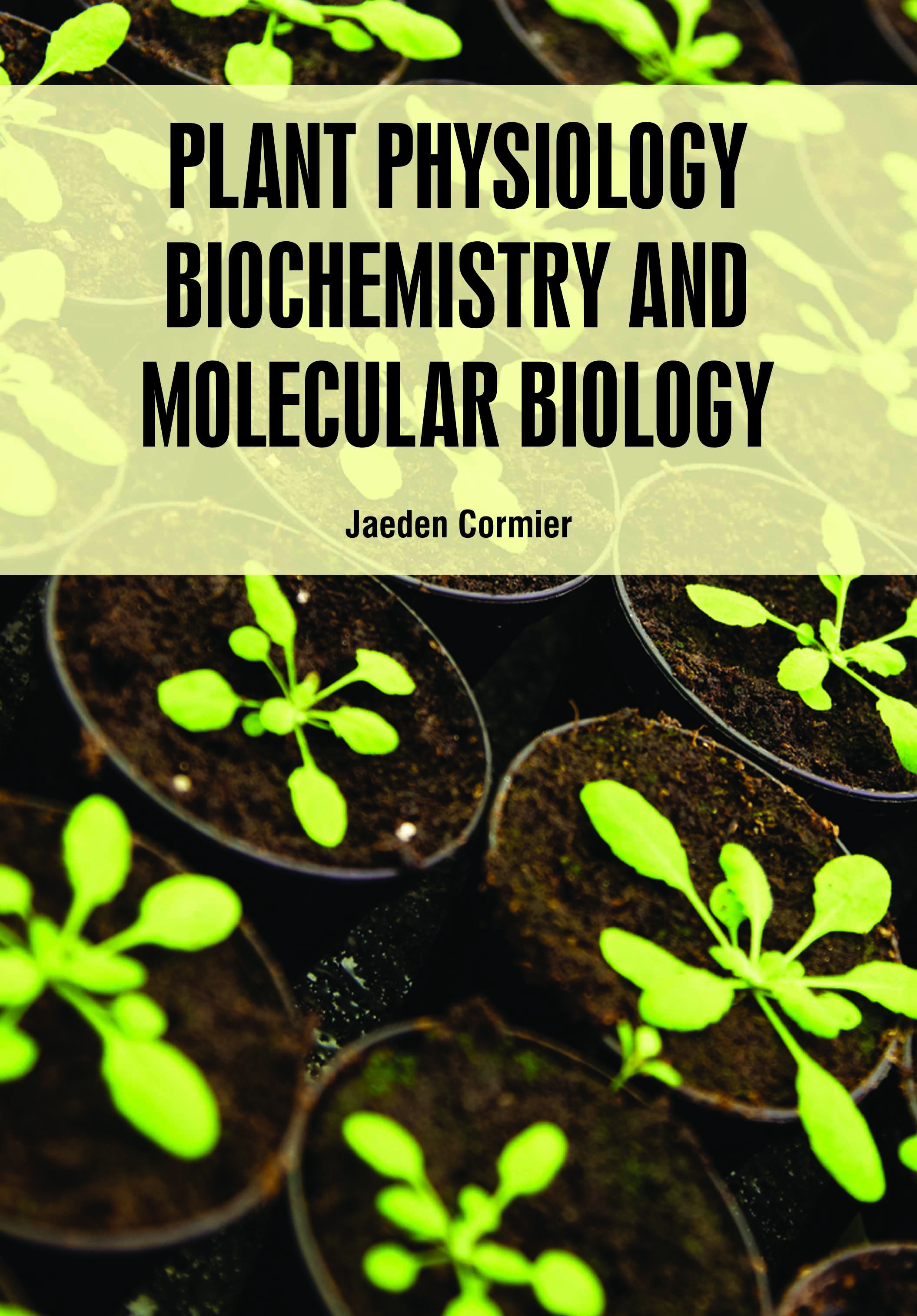
Plant Physiology, Biochemistry and Molecular Biology
by Jaeden Cormier
| ISBN | 9781799601029 |
|---|---|
| Publisher | White Press Academics |
| Copyright Year | 2020 |
| Price | $230.00 |

by Jaeden Cormier
| ISBN | 9781799601029 |
|---|---|
| Publisher | White Press Academics |
| Copyright Year | 2020 |
| Price | $230.00 |
Plant physiology is the science which is connected to the material and energy exchange, growth and development, as well as movement of plant. Plant physiology is the science that studies plant function: what is going on in plants that accounts for their being alive. Plant physiology is overlapped with its related branch of knowledge: biochemistry, biophysics, and molecular biology. The basic knowledge of plant physiology, that is necessary for experts in agriculture, is presented in our lecture notes. Uptake and transport of water and minerals are explained in general. The nutrient supply of plant is presented in details (essential elements, solute transport, nutritional deficiencies). Most common processes of plant biochemistry and metabolism, such as photosynthesis, are highlighted. Plant growth and development is introduced with the characterization and commercial use of plant growth regulators (PGRS, plant hormones). The basic concepts of plant stress is complemented with the presentation of physiological mechanisms against different environmental stresses. The chapters deal with the technology used in current physiology, molecular biology and biotechnology. These deal primarily with core nucleic acid techniques and protein expression through microbial and genetic detection methods. Further chapters address the huge advances made in gene and genome analysis and update the rapid advances into yeast analysis, which is providing very exciting insights into molecular pathways. Molecular biology also continues to affect profoundly progress in biotechnology in areas such as vaccine development, use and application of monoclonal antibodies, clinical treatment and diagnosis, the production of transgenic animals, and many other areas of research relevant to the pharmaceutical industry. Our continued intention is that this book should primarily have a teaching function. As such, this book should prove of interest both to undergraduates studying for biological or chemical qualifications and to postgraduate and other scientific workers who need a sound introduction to this ever rapidly advancing and expanding area.